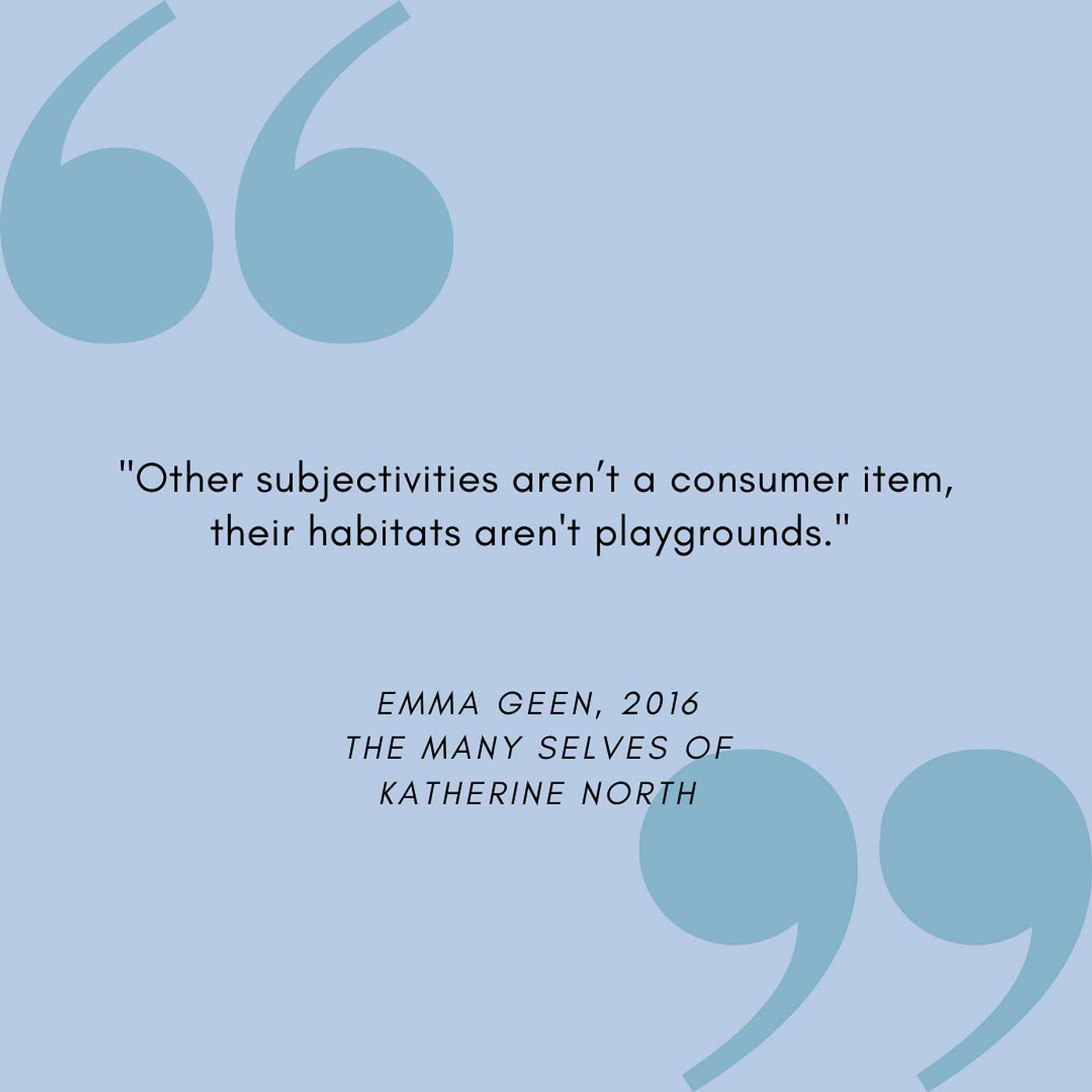
The Animal Turn
Animals are increasingly at the forefront of research questions – Not as shadows to human stories, or as beings we want to understand biologically, or for purely our benefit – but as beings who have histories, stories, and geographies of their own. Each season is set around themes with each episode unpacking a particular animal turn concept and its significance therein. Join Claudia Hirtenfelder as she delves into some of the most important ideas emerging out of this recent turn in scholarship, thinking, and being.
The Animal Turn
S3E3: Invisiblized Animals with Paula Arcari
Claudia chats with Paula Arcari about the animals and how animals are rendered invisible in the urban – not only materially but epistemically and ethically too. They grapple with which animals are considered in the celebration of multispecies urban entanglements, and which are not.
Date recorded: 29 March 2021
Paula Arcari is a Leverhulme Early Career Research Fellow within the Centre for Human Animal Studies at Edge Hill University, UK. Her three-year project ‘The Visual Consumption of Animals: Challenging Persistent Binaries’ aims to support transformational change in the way humans conceive and interact with nature. Before joining Edge Hill, Paula worked at RMIT University in Melbourne on a range of climate change projects and completed her PhD there in 2018. She is primarily interested in understanding the constitution of societal change and stability in relation to climate and environmental change, the expropriation of nature, and the oppression of nonhuman animals. Find out more about Paula here.
Claudia (Towne) Hirtenfelder is the founder and host of The Animal Turn. She is a PhD Candidate in Geography and Planning at Queen’s University and is currently undertaking her own research project looking at the geographical and historical relationships between animals (specifically cows) and cities. Contact Claudia via email (info@theanimalturnpodcast.com) or follow her on Twitter (@ClaudiaFTowne).
Featured: Making Sense of ‘Food’ Animals: A Critical Exploration of the Persistence of Meat and Where species don’t meet: Invisibilized animals, urban nature and city limits by Paula Arcari
We have a range of book titles to give away. To be entered into the draw share your favourite episode of The Animal Turn via social media and tag us. Competition ends on the 31st of December.
Nature DisturbedMother Nature is one weird lady
Listen on: Apple Podcasts Spotify
A.P.P.L.EAnimals in Politics, Law, and Ethics researches how we live in interspecies societies and polities.
iROAR Network
iROAR brings together podcasts that aim is to make the world a better place for animals.
Disclaimer: This post contains affiliate links. If you make a purchase, I may receive a commission at no extra cost to you.
The Animal Turn is hosted and produced by Claudia Hirtenfelder and is part of the iROAR Network. Learn more on our website.
- Leave a Review on Podchaser
- Check out The Animal Turn Merch.
- Support us on Patreon, Buy Me a Coffee, and Buzzsprout.
00:00 – Introduction
- “The urban is a place where we have a lot of --. A lot of these animals that are just not paid attention to. They are just so much part of the wallpaper of our lives” – Paula
- Housekeeping – Delay in release, Claudia moving to Austria
- Thank you to A.P.P.L.E
- Thank you to Paulina Siemieniec – thank you for the microphone!
- A few sound disruptions in the episode
- Paula Arcari is a Leverhulme Early Career Research Fellow within the Centre for Human Animal Studies at Edge Hill University, UK. Her three-year project ‘The Visual Consumption of Animals: Challenging Persistent Binaries’ aims to support transformational change in the way humans conceive and interact with nature. Before joining Edge Hill, Paula worked at RMIT University in Melbourne on a range of climate change projects and completed her PhD there in 2018. She is primarily interested in understanding the constitution of societal change and stability in relation to climate and environmental change, the expropriation of nature, and the oppression of nonhuman animals.
3:30 – Welcome to the show and why do you think the urban is important?
- Urban a place of consideration for a more recent paper but the interested started when Paula lived in Melbourne.
- Disconnect between feel good ideas about nature and the city which comes up against slaughterhouses, zoos, racetracks, and rodeos that hide violence. These lives seem to be excluded from discussions about urban nature.
- The urban is a transit zone for many animals in their commodified lives.
- Eric Swdgendwouw talks about urban cities as catalysts. “The metabolism of our activities are centred in cities even though we draw on the rest of the world, the processes are feeding urban activities”
08:00 – Animals, Meat and the Urban
- Previously looked at ethical and sustainable meat and the phenomenon of ethical and sustainable meat. These self-identifying activities are centred on urban food markets.
- “Construction of the ethical was being performed” – Paula
- Seaspircacy recently released
- Picture of a beef burger – McDonalds – sustainably sourced beef.
- Concerns around the antibiotics in meat
12:40 – Climate science and vegetarianism
- Studied climate change and environmental science and yet very few of them were vegetarian.
- A wall to thinking about diet and food.
- Qualitative versus quantitative research to understanding climate change.
- Mind opened up by Critical Animal Studies
- Animal agriculture not part of syllabi considering climate change.
- “Climate movement often quiet resistant to having any sort of animal message brought into it” – Paula.
16:48 – Invisibilization
- Can be understood in different ways. Invisibilization is a process. “How are they rendered discursively and conceptually and epistemically” invisible. Our systems have naturalised animals’ subordination.
- Animals subordination is construed as a natural thing and it infuses our systems of knowledge and they determine how animals can be understood, that’ a structural invisibility
- That is a structural invisibility. It goes through every dimension of our society. “It normalises their constitutions as functionalso that they are effectively invisible in any other way” – Paula
19:03 – Paula’s Paper, Reciprocal Relations, and Entanglement
- Premise of paper – observation about body of literature of entanglement literature. “A relation is almost always assumed to be reciprocal”. The critical side was perhaps missing and skating over commodified relations.
- Haraway and the popularization of ‘entanglement’ and ‘relationality’
- Entanglement is valuable to appreciate these relations. But what comes from recognising these entanglements?
- Food animals often invisible in cities, particularly if they are part of intensive systems.
- Conversations about entanglement tend to include some animals and excluded others – More commodified animals whose use is part of our everyday lives is not as visible as something to problematize.
25:15 – Invisibilization of species or of relations?
- “Pets and the sorts of entanglements that are taken for granted need to be problematized as well” – Paula
- Shelters are part of urban landscapes and the implications of them is not discussed
- Pet industry is a huge industry and encourages breeders based on the commodification of companionship.
- Benign and benevolent relations need to be considered too.
- Are we speaking about the invisibilization of specific species or specific relations?
- Rat as a pet or as lab
- “Is it a matter of once we make it visible things will be good?” – Claudia
- Visual invisibility versus conceptual and epistemic vulnerability
- Trouble what greater visibility implies.
29:49 – Different types of In/visibility
- There are several kinds of ways in which animals are rendered visible and invisible.
- Epistemic invisibility (knowledge systems that do not see animals as anything other than something to use);
- Ontological invisibility (precludes self-directed ways of being for animals) – umwelt, the idea that if animals weren’t subject to human will they would have their own will and agency, “to be something other than our perception of them.” “They haven’t got their own presence and futures” – Paula.
- Deborah Bird Rose – Double Death and James Hatley and the wiping out of generations. “A progressive ontological invisibility – what would happen to all the animals if we did use animals in this way?” – Paula
- Wiping out of generations and their ability to self-direct, a progressive ontological invisibility – “what would happen to all the animals if we didn’t use them for food?” – a lack of imagination.
- Literal invisibility (doesn’t always correlate with moral visibility) but is the material way in which animals are excluded and included. The more visible they are doesn’t necessarily correlate with how well they are treated
- See Pachirat’s work about the politics of sight.
- Discursive Invisibility (Carol Adams absent referent an example and aggregate terms also invisibilize) – How language, discourse, and images are used to make the living and breathing animals invisible. “Nature” and “Biodiversity” also work to discursively make animals invisible.
36:50 – Cognitive Dissonance and the Animal Industrial Complex
- Marvel at wild and eat domestic.
- Urban nature flows and geographies.
- Ambivalence around loving and hurting animals.
- Cross-over between different animal use especially when you look at the animal-industrial complex.
- Blurred lines between wildlife, entertainment, and food animals.
- Zoo animals are fed to each other when they die
- Lines between consumable, entertainment, and wild animals start to blur when you look at them closely
- Animals can shift from entertainment to pet and then to meat
41:30 – Hierarchies of invisibility and inequality
- “Some animal uses get afforded more moral concern than others” – Paula
- Animals who suffer acutely and physically are often much more visible than other types of suffering, like psychological and ontological suffering
- Moral Invisibility - the animals who suffer visibility but other types of suffering are less visible.
- “For the individual animals the experience of physical, psychological and ontological suffering is equal” – Paula
- Problems are making poster children for understanding problematic relations
- Need more nuanced understanding of how humans interact and relate to animals and the effects of these not only physically but also psychologically
45:00 – Commodification
- Seems central to their invisibility, so what do we mean when we talk about commodification?
- “A certain monetary value is put on a quality of an animal” – Paula
- Always trying to produce more as implications
- “That profit imperative infuses everything” even relations “that people consider benign” – Paula
- “Commodification drives the production of more life” – Paula
- A third of greyhounds are killed, roughly the same in horse racing
- Regular culling at zoos
- What does it mean if profit is the motive?
- What does it mean if genetics is the motive?
- “A lot of invisible management going on behind the scenes of industries considered benign” – Paula
- What are the motives behind the relations? Or for maintaining zoos?
- Different valuations of cows and bulls (bull semen versus whole cow) – Kathryn Gillespie
- Horse racing – questions of value. After racing, breeding becomes the next valued commodity
- Invisible traces of these animals
- Semen is valuable and travels
- Their life histories are invisible in these interactions
- What does the act of problematizing them do? How it works to make animals and their relations visible
53:40 – Bringing the urban back in
- Why is focusing on the urban in particular be a space where animal studies scholars focus their attention?
- The urban is a place where a lot of these animals who are not paid attention to are
- “In cities some of the most undesirable aspects of our relations with animals exist” – Paula
- Unsettling our taken for granted relations, start with the everyday
57:00 – City as human
- Constantly reinforce the city as a human place
- Interesting to get a sense of just how many animals are in cities
- Nicolas Delon, Pervasive Captivity.
- Paula tried to make a census for greater Melbourne for industries in the city
- Hard to find these numbers
- “What goes on behind people’s doors is totally unknown” – Paula
01:00:35 – Quote
- The trivialization of a being and their homes
- “Our sense of entitlement, it speaks to that for me” – Paula
- What kind of violence is acceptable? The idea of necessity is used in a variety of ways in the law.
- Animals Manifesto in response to Covid also separated essential and non-essential animals
- What work do those words do and for who?
- What do future cities and the environments they are in relationship need?
- Discursive Invisibilization that excludes ways of thinking differently
- Focusing on invisibilization can show these shadow spaces and disrupt their normalization
- Process of questioning is important
- “We could be better” – Paula
01:08:23 – What are you working on now?
- In England working on Spectacularized animals – how animals are visually consumed. Spaces where certain conceptions of animals are confirmed and reinforced
- Look at the infrastructures of control and containment – all the invisible tools and techniques (the tethers, the cages, the ramps, the time)
- Routinized suffering – the hours the day that are invisible, 20-30 years in the same cage.
- Psychological and ontological violence as significant as physical violence, especially when it is prolonged
- Twitter (@rainfed5)
1:17:48 – Animal Highlight
- Exert from Dawn Day Biehler about rats in the great depression.
- Rats at the centre of an urban story
- Some interesting facts about rats: nocturnal, teeth ever stop growing, thigmotaxic, incredible senses, incredible social. They are prone to depression and peer-pressure
01:23:00 – Thanks you
- Thank you to Paula, A.P.P.L.E, Jeremy John, and Gordon Clarke.
Podcasts we love
Check out these other fine podcasts recommended by us, not an algorithm.

The Animal Highlight
Claudia Hirtenfelder
Knowing Animals
Josh Milburn
Species Unite
Species Unite
The Deal With Animals with Marika S. Bell
Marika S. Bell
The Other Animals
Laurent Levy
Beyond Species
Beyond Species
The Anthrozoology Podcast
Anthrozoology Podcast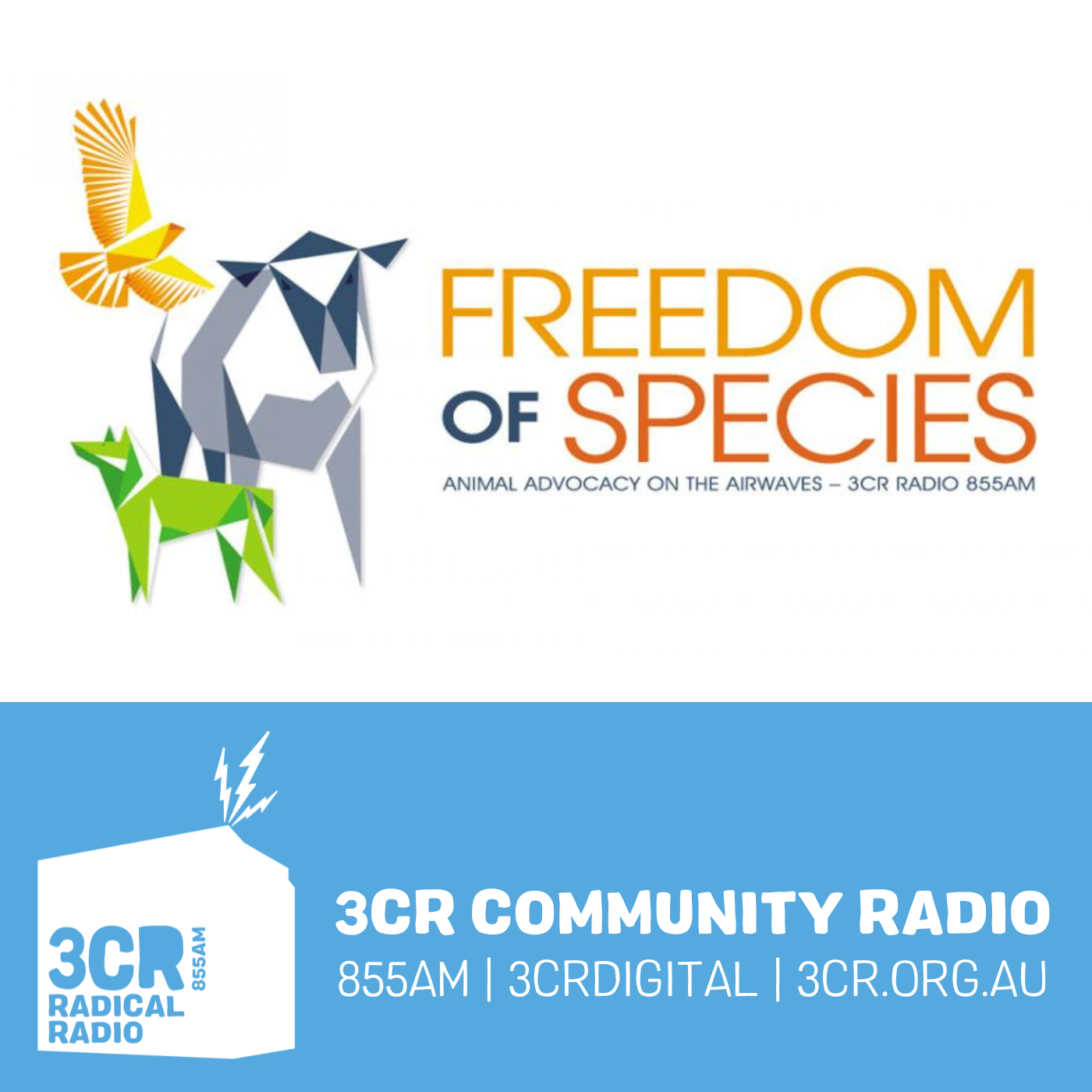
Freedom of Species
The Freedom of Species Team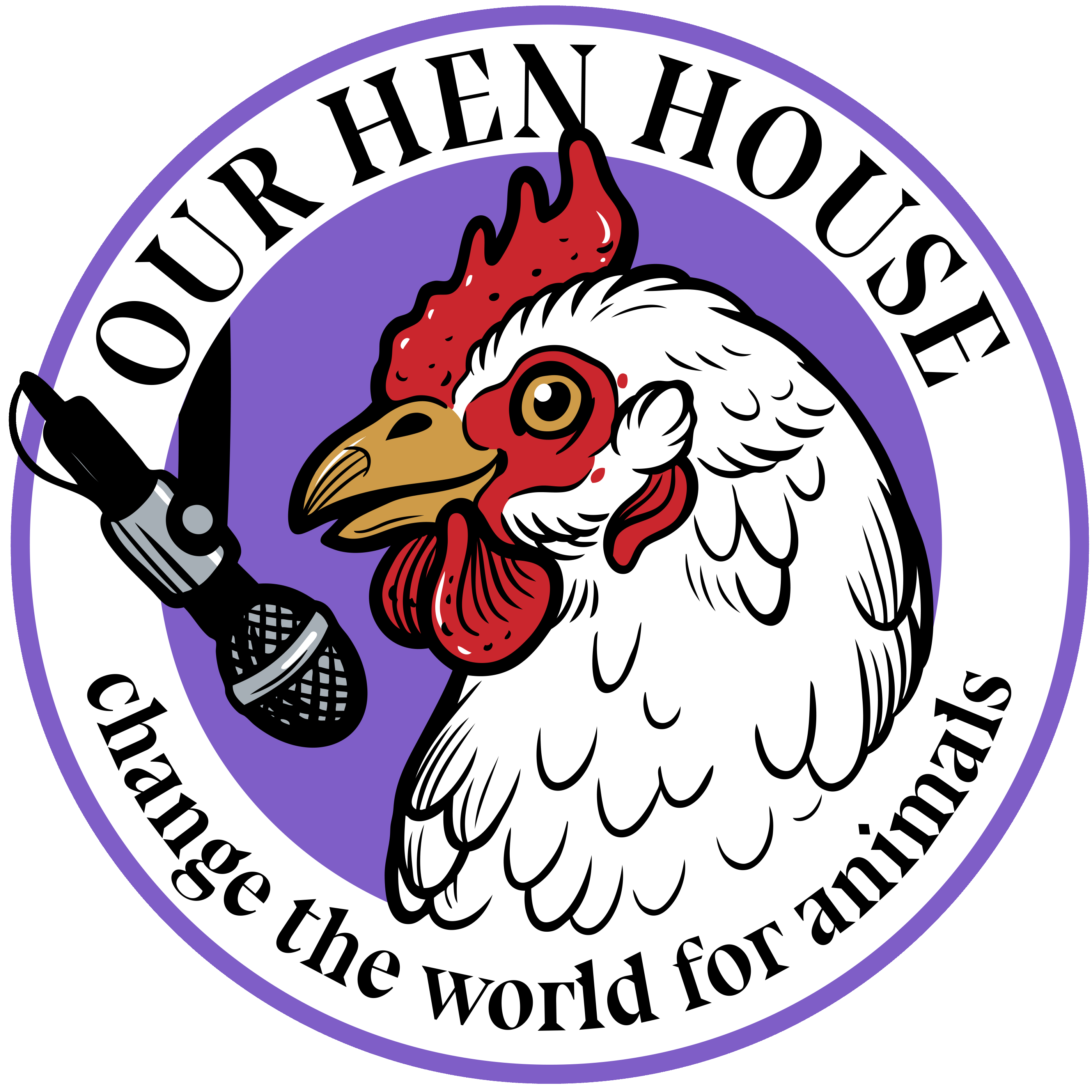
Our Hen House: Vegan & Animal Rights Movement | Stories from the Frontlines of Animal Liberation
Jasmin Singer and Mariann Sullivan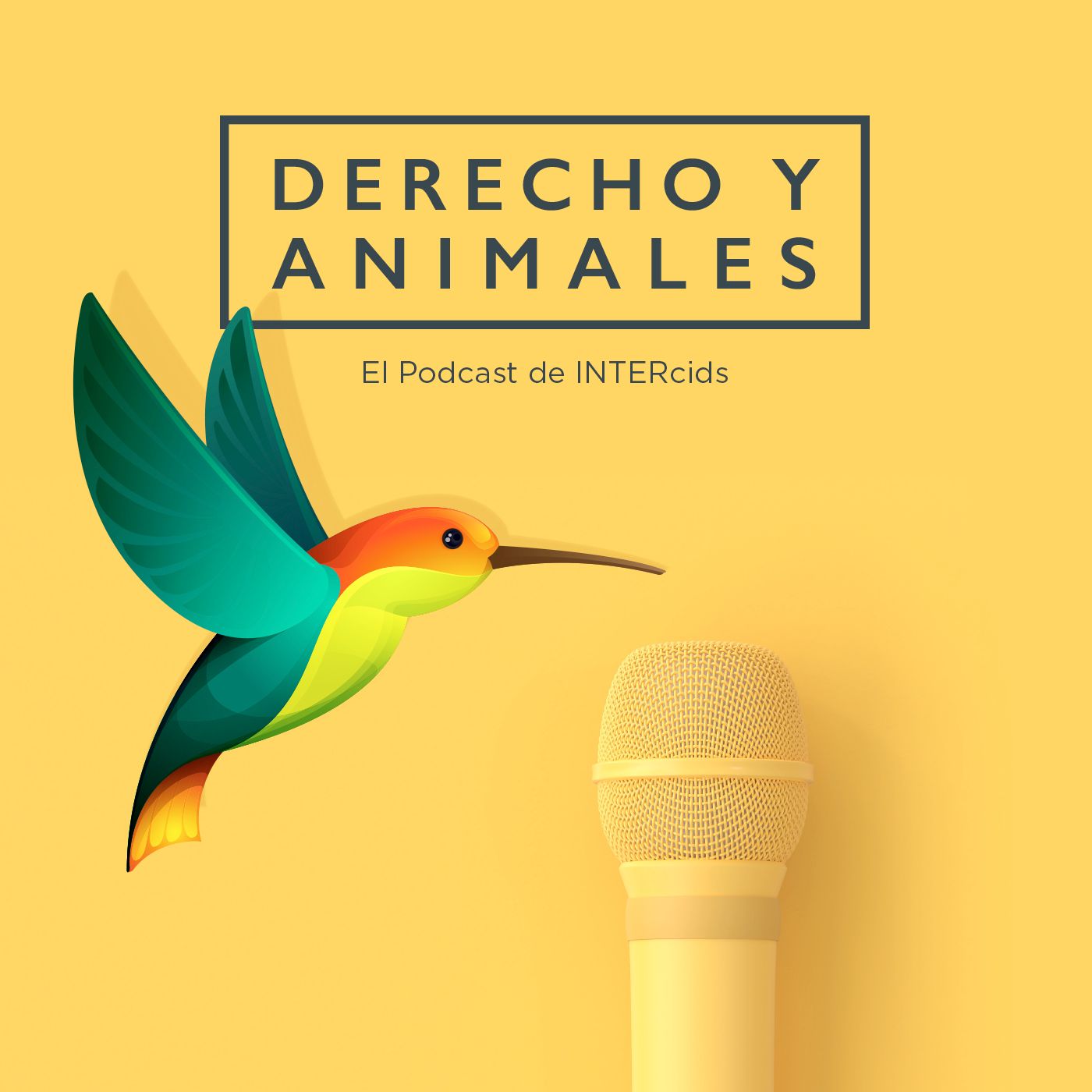
Derecho y Animales
Derecho y Animales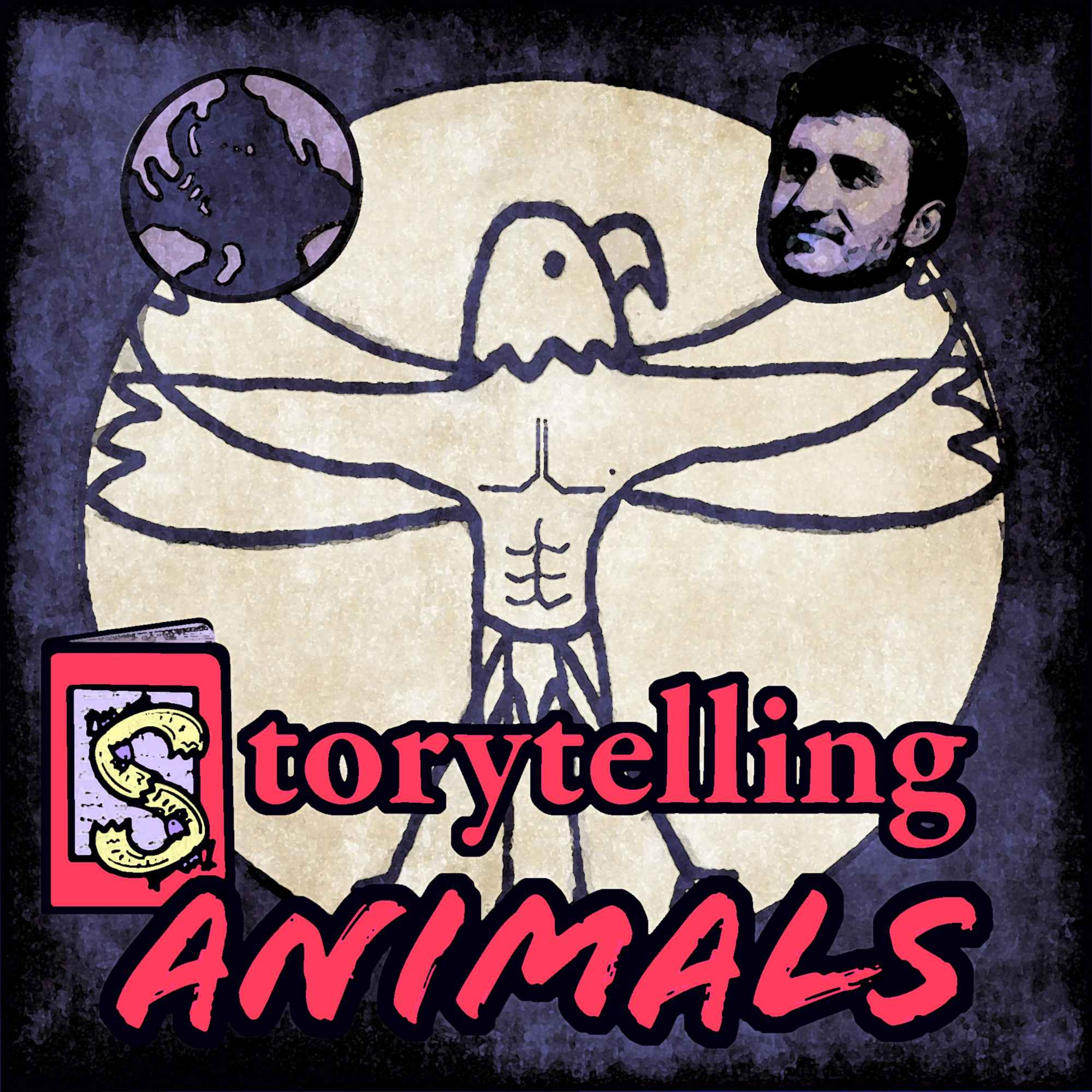
Storytelling Animals
Dayton Martindale
Species
mackenmurphy.org
Animal Law Matters
K & R Animal Law
The Humanimal Connection
Humanimal Trust
The Animal That Changed You
Katya Lidsky
Think Like a Vegan
Emilia Leese
The Shifting Lens: Viewing the Animal Experience
Tiamat Warda Rebecca Madrid
The Salmon People
Canada's National Observer
Comme un poisson dans l'eau
Victor Duran-Le Peuch
